Not all sheep help the owners run the farm sustainably, but some dairy breeds do.
Sheep milk has higher solids, rich vitamins, and is excellent for cheese and yogurt compared to cow and goat.
So, if you cannot afford cows for milk production, here are the top 10 dairy sheep breeds for small-scale farms or homesteads.
1. East Friesian Sheep
I describe East Friesian Milk sheep as a seasonal breed with rapid growth, precocity, and fertility.
They have an elongated, wool-free face with a slightly convex, pink nose. They also boast strong, slender legs and uniformly white, medium-fine wool on their bodies.
You can tell them by the hornless sheep with noble expressions and a rat-tail with thin and free wool.
Most East Friesian Milk sheep are white, but they can also be black or spotted.
As their teats are strong and protrude downwards on each side, lambs find it hard to suckle. They are also challenging for manual and mechanical milking.

The healthy ewes are capable of producing 500-700 liters per lactation, with up to 5-6 litres per day at peak.
Many shepherds claim that super elite ewes can yield 700 – 1000 liters a year. But the butter fat levels vary from 4.5% to 6% in peak lactation, to 9-10% in late lactation.
Their lactation period lasts anywhere from 210 to 260 days or longer.
The yield will be less in the first lactation and will increase or peak in the third, fourth, and fifth lactations.
Origin: Germany and the Netherlands
Best for: High milk production (up to 1,100 lbs per lactation)
Temperament: Docile but requires proper care
Pros: One of the most productive dairy sheep, excellent for cheese making
Cons: Requires high-quality feed and care
2. Lacaune Sheep
Lacaune sheep are medium-sized animals with a short, fine double coat of white fleece.
They boast elongated heads and slightly rounded snouts, making an arched profile. Their head and legs have little or sparingly grown wool. Sometimes, their whole belly is bare.
Both rams and ewes are hornless or polled.
Their small hooves help them navigate the stony ground. You can identify them by their slightly floppy ears that slope downwards.

These sheep are less docile and have a quite bold temperament than other dairy breeds.
Did you know that Lacaune sheep are the largest sheep population in France?
They can produce a yield of 150-200 liters of milk per lactation. That means an average of 1.5 liters of daily production.
You can expect the milk to have 8 g of fat per 100 g. Also, their lactation period remains around 160 days.
Origin: France
Best for: Producing high-fat milk, mainly used in Roquefort cheese
Temperament: Hardy and adaptable
Pros: More resistant to disease than East Friesians
Cons: Slightly lower milk yield
3. Awassi Sheep
Awassi looks much more like Near-Eastern fat-tailed sheep. They are popular by names including Arab, Deiri, Baladi, Gezirieh, Shami, Ivesi, and Syrian sheep.
Shepherds identify these sheep by their usually white with brown heads, ears, neck, and legs.
But their face can also be white, black, gray, or spotted, and fleece varies from white to brown.
While boys have horns, ladies are usually polled. The sheep are also known as a large fat-tailed breed with long pendulous ears and a Roman nose.

I have seen Awassi sheep with black and white heads and black ears, necks, and legs.
Most owners find the sheep calm and easy to work with. Using a machine, they can milk the ewes in 4-6 minutes.
These sheep give 40-60 and 70-80 ltr of milk per lactation period that extends to 150 days. Some elite or super ewes can yield 160-180 ltr of milk in a given time.
Besides, sheep are naturally hardy and graze well. They make great dairy animals raised in pasture and confinement.
Origin: Middle East.
Best for: Heat resistance and adaptability to harsh climates
Temperament: Calm and easy to manage
Pros: Can produce up to 650 lbs of milk per lactation
Cons: Lower milk yield than Friesians, but better suited for tough environments
4. Assaf Sheep
I like Assaf for their milk production and lambing ability.
They can yield 334 ltr of milk during a 173-day lactation on average. And the ewes have about 3 lambings in 2 years in native conditions, especially in Israel.
Assaf is a dairy biotype, a curved profile sheep with extraordinary lines.
They are a medium-sized sheep with long, strong, and muscular necks and polled heads.

Sheep have broad, long, and slightly bowed ribs, and a smooth point of the shoulder. Their back is broad and their hips are attached with a lower end and a semi-fat tail.
Generally, these animals are white from the face to the overall body.
Sometimes, they have a reddish or black shade on the head and a little on the limbs. But their limbs below the hock are hairless.
Beginners can keep Assaf as they are calm and have great grazing ability.
Origin: Spain (cross of East Friesian and Awassi)
Best for: Balance between high milk yield and adaptability
Temperament: Friendly and manageable
Pros: Good mothering instincts, high fertility rate
Cons: Needs good pasture management
5. British Milksheep
The British Milksheep is the most prolific general-purpose breed in England. They are triple-purpose sheep for meat and wool, but especially raised for milk.
2. 5 – 3 3-year-old ewe can keep 2 2-year-old lambs with easy lambing ability.
The sheep produce 650 – 900 ltr of milk during a 300-day lactation. Their milk is also high in protein content, increasing about 5% in early lactation to 7.5% in late lactation, while fat level varies.

British Milksheep are all white animals, which look slightly pale due to debris or dirt in the natural state.
They also make excellent mothers.
Origin: United Kingdom
Best for: Tri-purpose (milk, meat, and wool)
Temperament: Gentle and easy to handle
Pros: Produces high quantities of milk, excellent for homesteaders wanting meat and wool as well
Cons: Requires a proper diet for maximum milk yield
6. Chios Sheep
Do you know that the production of milk of Chios is recorded as 597.4 ltr during a 272-day lactation?
Chios are generally white sheep with black shade, but in some cases, they have brown spots on the eyes, ears, nose, belly, and legs. You can also find their head black and slightly drooping ears.
Their head is comparatively small and delicate, offering a slightly to moderately convex profile.
They are also a semi-fat-tailed breed.

Shepherds tell them by horned sheep. While rams possess large spiral horns, ewes have smaller, knob-like horns. Sometimes, ewes are polled.
I find these sheep strong animals. They produce two crops of lambs annually, with an average of 1.5 – 2.3 lambs per birth. And they also make good mothers.
Many claim Chios mature early and are bred in 8-9 months.
Besides, they produce milk 120-300 ltr per lactation.
Origin: Greece
Best for: High-quality, protein-rich milk
Temperament: Active and intelligent
Pros: Can produce 600+ lbs of milk per lactation
Cons: Limited availability outside of Europe
7. Icelandic Sheep
Icelandic ewes are of medium size with fine bone, open faces, legs, and udders.
They have short legs and stocky, slender, and light bones. Their legs and face are wool-free and clean.
Both rams and ewes are either horned or polled.
These early mature with females easily lamb at the age of 12 months.

I like Icelandic ewes because they easily support twins, and many raise triplets without human assistance.
In North America, farm owners raise these sheep for personal milk production to make yogurt and soap. Icelandic sheep’s milk is great for making gourmet artisan cheeses.
An average sheep can give 2 pints or 1 quart of milk a day. This amount is without the lamb suckling.
Also, their lactation period extends to about 2 months.
Origin: Iceland
Best for: Small homesteads, cold climates
Temperament: Hardy, independent
Pros: Can be raised for milk, wool, and meat
Cons: Lower milk yield compared to commercial dairy breeds
8. Manech Tête Rousse Sheep
Manech is among the dairy sheep breeds hailing from the Pyrenees.
They are hardy and can adapt well to high-grazing regions and extreme temperatures. The herds make no fuss in bad weather, rain, snow, or changes in temperature.
The shepherds migrate these sheep every summer to run the small farms in their native land.

The ewes allow a heavy flock per hectare but need additional attention.
They make good milkers, are easy to milk, and are great for nonseason breeding. You can expect lambing from November to April.
The lambs, after the first month, start celebrating meals, including Easter.
Farm owners start collecting after weaning at 35 days of age to make cheese.
The Manech Tête Rousse sheep make a yield of 150 ltr of fat and protein-rich milk. They can give milk for 125 days of the year.
Origin: France
Best for: Pasture-based dairy farming
Temperament: Hardy and adaptable
Pros: Suitable for organic and small-scale dairy farms
Cons: Requires good grazing management
9. Sarda Sheep
The milk of Sarda sheep is known for making pecorino sardo cheese in Sardinian territory.
You can identify these sheep by their white faces and fleece with wool-free lower legs.
Although their skin is clean without pigments, you can witness the sheep having some colored spots on the skin of the face or limbs.
While males boast vestigial or rudimentary horns, females are polled.
Sarda are medium to large-sized sheep with a sturdy and robust build.
Due to their resilience and adaptability, the sheep can adapt well to various regions and environments ranging from lowland to mountainous terrains. They are great for transhumant management.

They are excellent grazers and appreciate a semi-wild system.
As a dairy sheep, Sarda produces high-quality milk rich in fat and protein. They are expected to yield 120 to 150 ltr in a 120-day lactation period in the first lambing.
The milk production can range from 150 to 230 ltr after the second crop of lamb and 180 to 260 ltr after multiparous in 18o days of lactation.
Origin: Italy
Best for: Producing high-fat milk for premium cheeses
Temperament: Hardy and independent
Pros: Low-maintenance, good for sustainable dairy farming
Cons: Milk yield is moderate
10. Zwartbles Sheep
Zwartbles Sheep are a large sheep breed with a black or brown fleece and a white tail tip.
I identify them by their unique color pattern on their faces. Actually, they have a white splash on the middle of their face, from the poll to surround the muzzle.
Zwartbles itself signifies Black with a White Blaze.
The white blaze also makes 2 – 4 white socks, but not beyond the knees or hocks.

They are docile, friendly, and easy to milk. They are easy for lambing and make excellent mothers. Many farm owners keep Zwartbles sheep for ornamental purposes along with other dairy breeds.
These sheep also serve with meat and wool from fine, thick fleece with plenty of crimp, making good wool sheep.
If you want meat sheep breeds, I would suggest you get Dorpers and Katahdins.
Origin: Netherlands
Best for: Small-scale homesteaders looking for multipurpose sheep
Temperament: Friendly and easy to handle
Pros: Produces creamy milk, also great for wool and meat
Cons: Milk production is moderate compared to East Friesians
Final Thoughts
I personally suggest you start with hornless dairy sheep breeds if you’re a beginner or if your living conditions allow.
Then, it comes to the number of herds. 2 – 3 sheep are okay for initial experience and for a small pasture field.
Expect 1 cup of milk from a ewe daily in the first year.

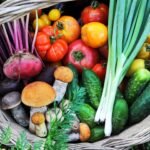

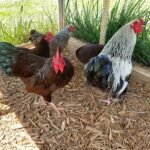
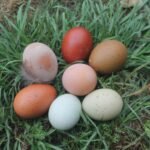
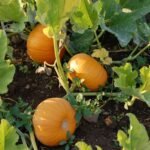
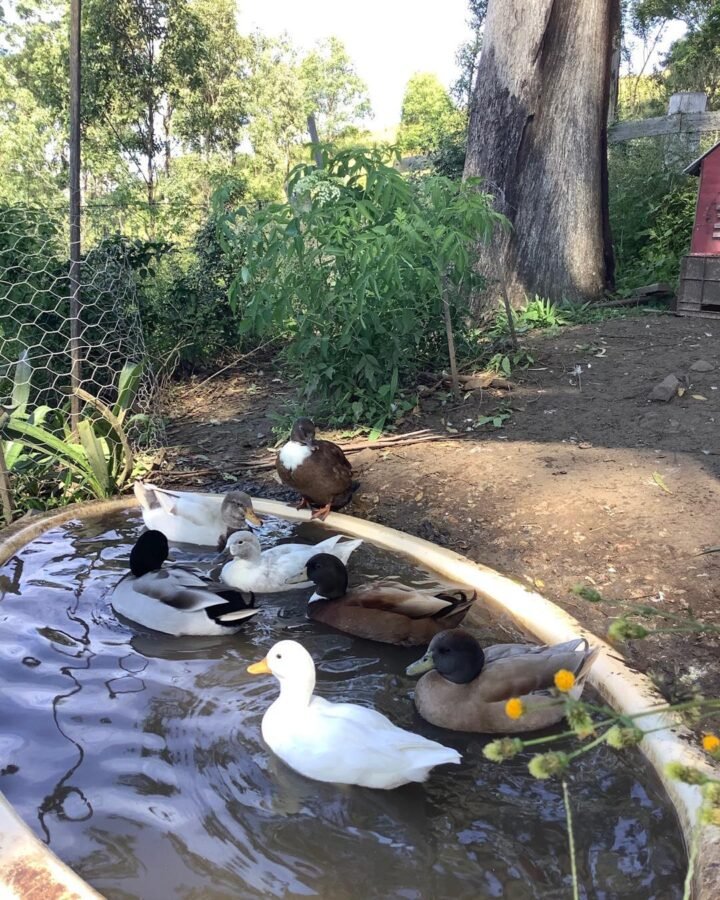
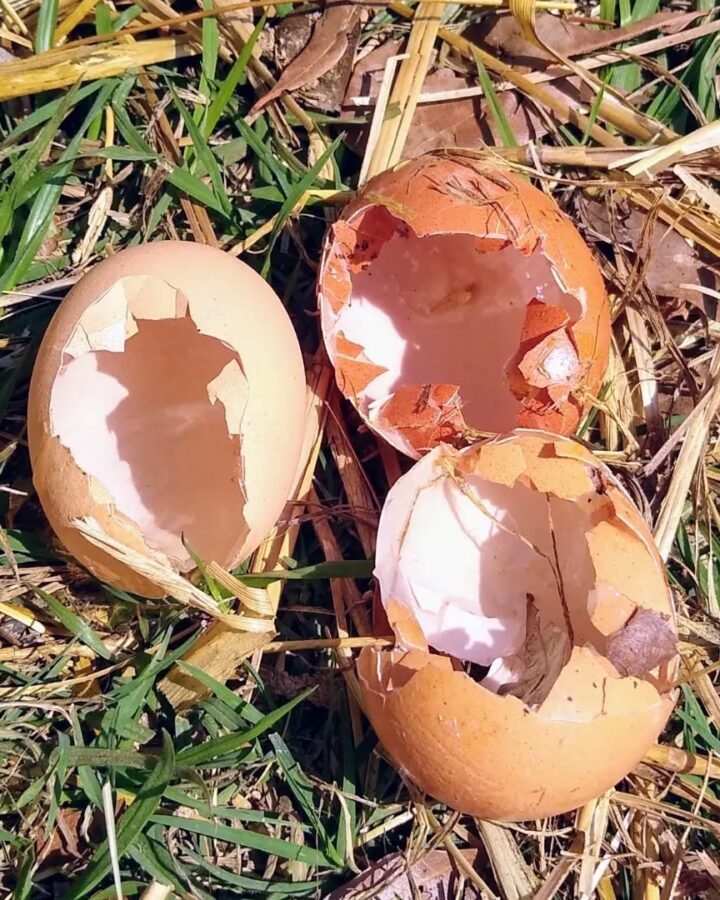

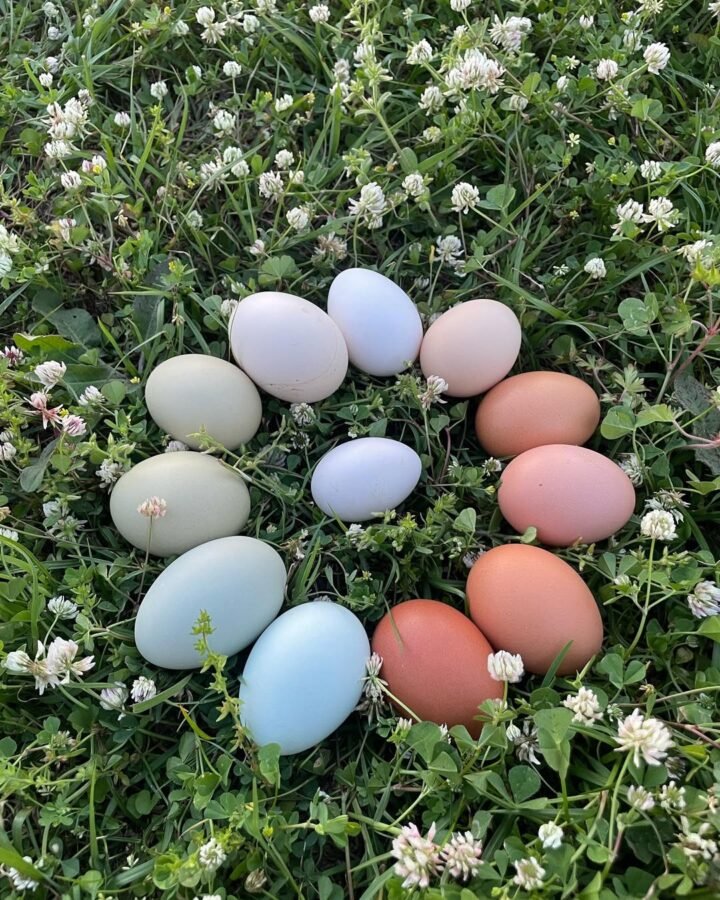
Leave a Reply